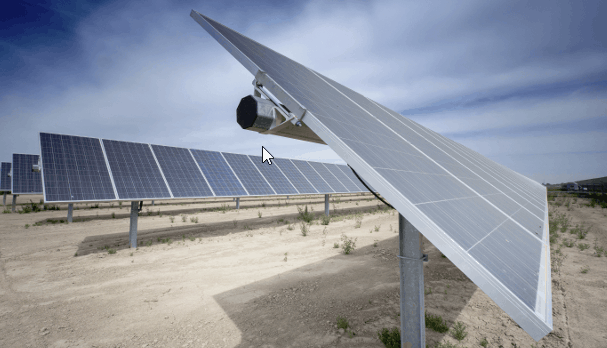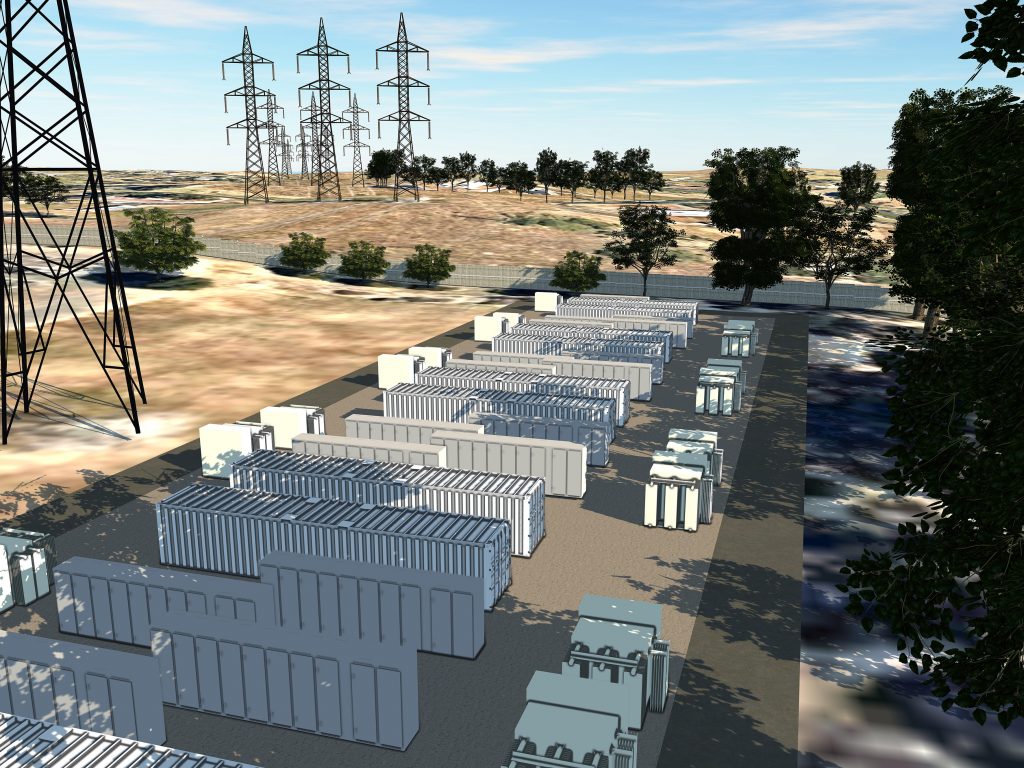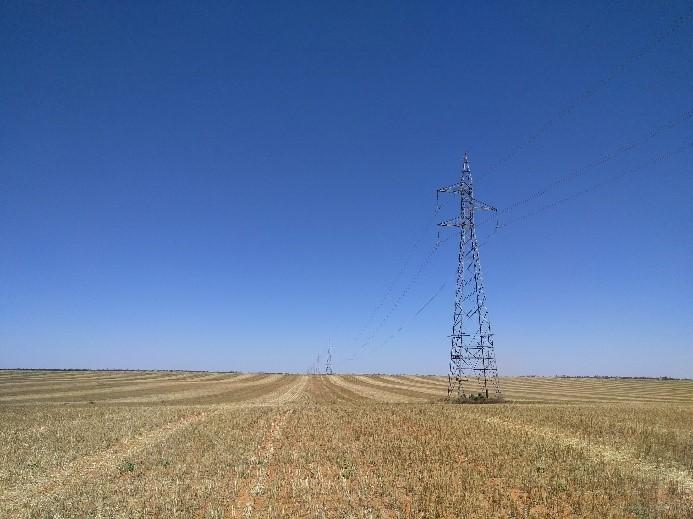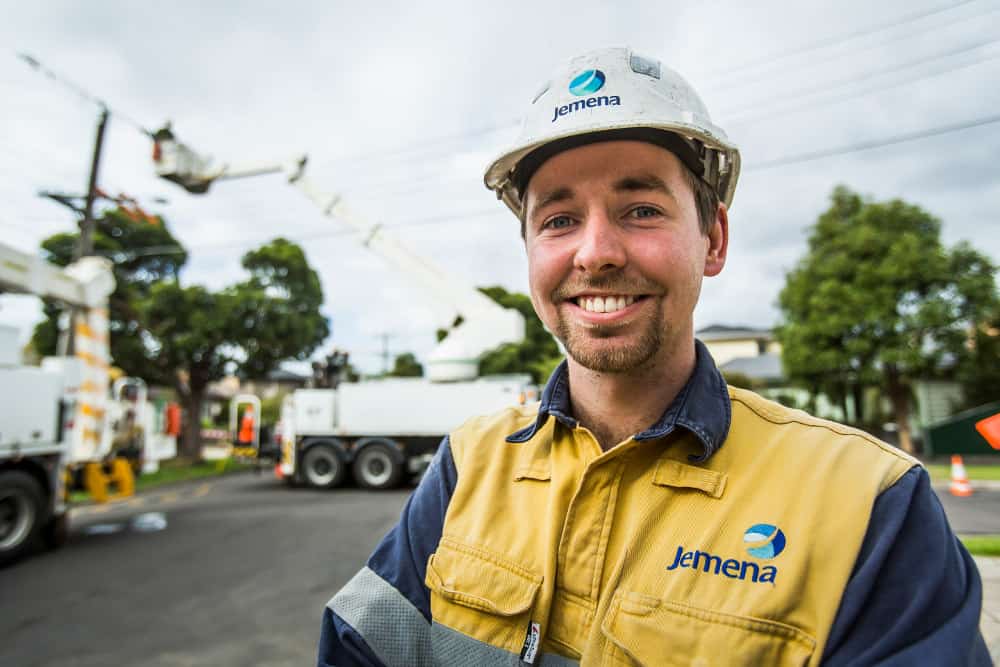The Karadoc Solar Farm has launched and is currently exporting power to the grid – making it the biggest solar farm in Victoria (for now).
Karadoc Solar Farm

The 112MW Karadoc Solar Farm can power over 110,000 homes. It’s located 35km south of Mildura and is being built by German-based energy company Bay-Wa. With 112MW it is just marginally larger than the Bannerton solar park, which outputs 110MW and is responsible for powering solar powered trams in Melbourne.
As per this article from RenewEconomy, brewer Carlton and United Breweries (CUB) has contracted the entire output of the project in its goal to become 100% powered by renewable energy.
“This represents an important step in CUB’s commitment to 100 per cent of its electricity being sourced from renewables,” said CUB CEO Jan Craps at the time.
There are a number of large-scale solar farms in Victoria in various stages of their life cycle, but all will be online by summer 2018/19:
- Bannerton Solar Farm (110MW)
- Karadoc Solar Farm (112MW)
- Yatpool Solar Farm (81MW – Also a Bay-Wa project)
- Wemen Solar Farm (110MW – also known as the Wemen Sun Farm)
- Ganawarra Solar Farm (50MW – Live)
- Swan Hill Solar Farm (15MW – Live)
- Kiamal Solar Farm (265MW DC – won’t be completed until the middle of next year)
This isn’t even mentioning the 928MW which will be generated via three solar and wind farms as per a recent Victoria government renewable energy tender.
Daniel Gäfke, Managing Director of BayWa r.e. Solar Pte Ltd. “The Karadoc solar farm is the largest installation ever undertaken by BayWa r.e and is a great showcase of our ability to procure, design and build projects of this size anywhere in the world. Australia is a very important market for us and this investment is testament to the commitment we have to help increase Australia’s renewable energy capacity.”




